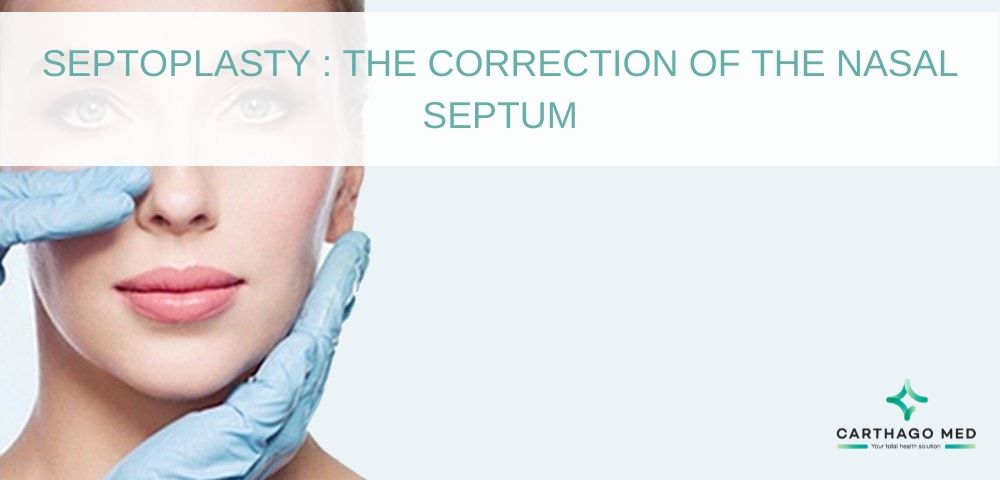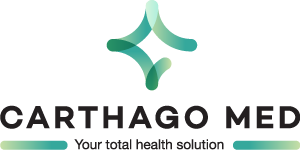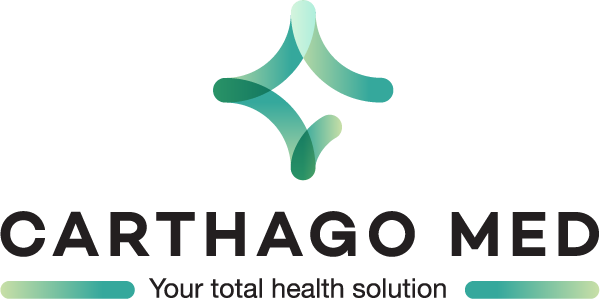
Septoplasty: the correction of the nasal septum
The deviation of the nasal septum engenders breathing difficulties; with the latter being solely remediated through the surgical procedure of septoplasty. The intervention is purely functional and devoid of aesthetic aims. It rather serves to straighten the patient’s nasal septum in order to ease respiratory activity.
Who Needs Septoplasty?
No person really possesses a perfectly straight nasal septum. A small displacement of the bone and cartilage does not generally cause complications. Conversely, if the deviation is important, the person might experience serious breathing difficulties. It is noteworthy that nasal septum deviation may also cause infections and discomfort. As soon as displacement is detected, a preliminary medical treatment will be prescribed to ease breathing problems and prevent certain complications; however, the treatment may prove itself inefficient with time, which further highlights the importance of undergoing septoplasty.
What Happens Before Septoplasty?
Before undergoing septoplasty, prepare yourself adequately.
Preparing for Septoplasty
Before the surgery, you will have a consultation with your healthcare provider. They will discuss the septoplasty procedure, its benefits, and potential risks. It's essential to follow the preoperative instructions provided by your healthcare provider closely. These instructions may include dietary restrictions, medication adjustments, and lifestyle changes leading up to the surgery.
Medical Evaluation and Disclosures
During your consultation, make sure to disclose all the medications you are currently taking, including over-the-counter drugs and herbal supplements. Certain medications like ibuprofen might interfere with blood clotting, so your healthcare provider may advise you to stop taking them before the surgery. If you have allergies, bleeding disorders, or other health conditions, inform your provider to ensure a safe surgical experience.
Possible Combined Procedures
In some cases, septoplasty might be combined with other procedures such as turbinate reduction or septorhinoplasty. Turbinate reduction involves reducing the size of bony structures inside the nose, further improving airflow. Septorhinoplasty, on the other hand, addresses both functional and cosmetic issues of the nose.
Preoperative Precautions
To prepare for septoplasty, avoid taking medications like aspirin and ibuprofen that can thin the blood, making it harder to clot. Your healthcare provider might also advise against certain activities and heavy lifting to minimize the risk of bleeding, pain, and swelling post-surgery. Additionally, you may need to refrain from eating or drinking for a specific period before the surgery, as instructed by your medical team.
Consultation with the Surgeon
During your consultation, your surgeon will explain the details of the procedure and discuss the expected outcomes. They will assess your septum's condition, determine the extent of correction needed, and explain the potential benefits you can expect after the surgery. It's essential to address any concerns or questions you have during this consultation to ensure you are well-informed and comfortable proceeding with the surgery.
How is septoplasty performed?
Septoplasty is performed under general anaesthesia and lasts from half an hour to an hour. Through an incision made inside the nostril, the surgeon lifts up the tissue covering the septum. If the nasal septum only requires repositioning, the surgeon will do so by moving it in the middle of the nose. However, the surgeon may be required to cut or remove parts of the nasal septum to achieve nasal asymmetry. Once the latter is performed, s/he may reposition the nose. The procedure is concluded by suturing the incision with absorbable stitches and placing silicone strips around each nasal cavity to hold the newly shaped nose in place.
What happens after septoplasty?
Septoplasty Recovery Timeline
Recovery from septoplasty is a gradual process that requires patience and adherence to postoperative guidelines. The initial healing period typically lasts about one week, during which patients might experience mild discomfort, similar to that of a sinus infection. This discomfort usually includes sensations of pressure around the eyes, forehead, cheeks, and upper teeth. It's crucial for patients to rest at home for several days after the surgery. Light activities can be resumed after one week, but strenuous physical activities, including going to the gym and swimming, should be avoided for at least one month. Engaging in such activities prematurely could lead to additional bleeding, pain, and swelling, hindering the overall recovery process.
Postoperative Care
Proper postoperative care plays a vital role in ensuring a smooth recovery for patients undergoing procedures like septoplasty. Following specific instructions provided by healthcare providers is crucial during this period. Patients are typically advised on several key aspects of postoperative care. Firstly, managing pain is important, and patients are often recommended over-the-counter pain relievers such as acetaminophen (Tylenol®) and ibuprofen (Advil®, Motrin®). Adhering to the prescribed dosage and avoiding exceeding the limits is essential in this regard.
Additionally, patients are advised to refrain from blowing their nose and to sneeze with their mouth open during the initial week after the surgery. This precaution is taken to prevent any stress on the healing nasal tissues. Surgical dressings, usually in the form of gauze under the nose, may be placed after the procedure. It is crucial for patients to leave these dressings in place until the drainage stops, which typically occurs within 48 hours.
Maintaining cleanliness around the surgical site is another important aspect of postoperative care. Patients are often instructed to rinse the inside of their nose with saline solution. This practice not only ensures cleanliness but also reduces the risk of infection. Furthermore, patients need to be vigilant about monitoring for complications, even though complications after septoplasty are rare. Signs such as infection, excessive bleeding, or severe pain should not be ignored. If any of these symptoms occur, it is imperative to promptly contact the healthcare provider for appropriate evaluation and guidance. By following these guidelines diligently, patients can contribute significantly to their own healing process after the surgery.
Recovery Time and Outlook
The initial healing time after septoplasty is around one week, during which patients should follow all postoperative instructions diligently. However, the complete healing of the bone and cartilage may take several months to a year. It's important to be patient and allow the body sufficient time to heal fully.
What are the Advantages of Septoplasty?
One of the primary benefits of septoplasty surgery is the improvement in nasal airflow. A deviated septum can significantly block one or both nostrils, making it difficult to breathe properly. By undergoing septoplasty, patients experience enhanced airflow, leading to easier breathing and a better quality of life. Additionally, septoplasty can address related problems like nasal polyps, which are growths inside the nasal passages that can cause congestion and breathing difficulties. By removing these polyps during the procedure, patients find relief from these symptoms.
Another advantage of septoplasty is its ability to reduce or eliminate snoring, a common issue associated with nasal obstruction. Properly aligned nasal passages allow for smooth airflow during sleep, reducing the vibrations that cause snoring sounds. Moreover, septoplasty can improve the drainage of the sinuses, leading to a decreased frequency of sinus infections. When the nasal passages are properly aligned, mucus can flow freely, preventing the buildup of bacteria and reducing the risk of infections. In addition to addressing the physical aspects, septoplasty can have a positive impact on one's quality of life. Improved breathing and better sleep quality contribute to an overall sense of well-being and increased energy levels.
What Are the Risks or Complications of Septoplasty?
One potential risk is excessive bleeding, although this is rare and typically managed by your healthcare provider. Infection is another complication that can occur after septoplasty, although it can be minimized with proper postoperative care. Scarring, usually internal and not visible externally, might also happen during the healing process. A more serious complication is a perforation (hole) in the septum, which can affect both the structure of the nose and breathing. However, this is infrequent and usually addressed promptly by medical professionals.
Numbness of the nose and teeth can occur, but it's usually temporary, resolving as the healing progresses. Toxic shock syndrome and spinal fluid leak are extremely rare complications associated with septoplasty. Postoperative complications can include issues like nasal congestion, which might persist for some time after the surgery. Some patients might experience difficulty in breathing, which should be monitored closely and reported to the healthcare provider if it worsens. Headaches, disorientation, and neck stiffness are symptoms that should be taken seriously, as they could indicate a more severe problem and require immediate medical attention.









